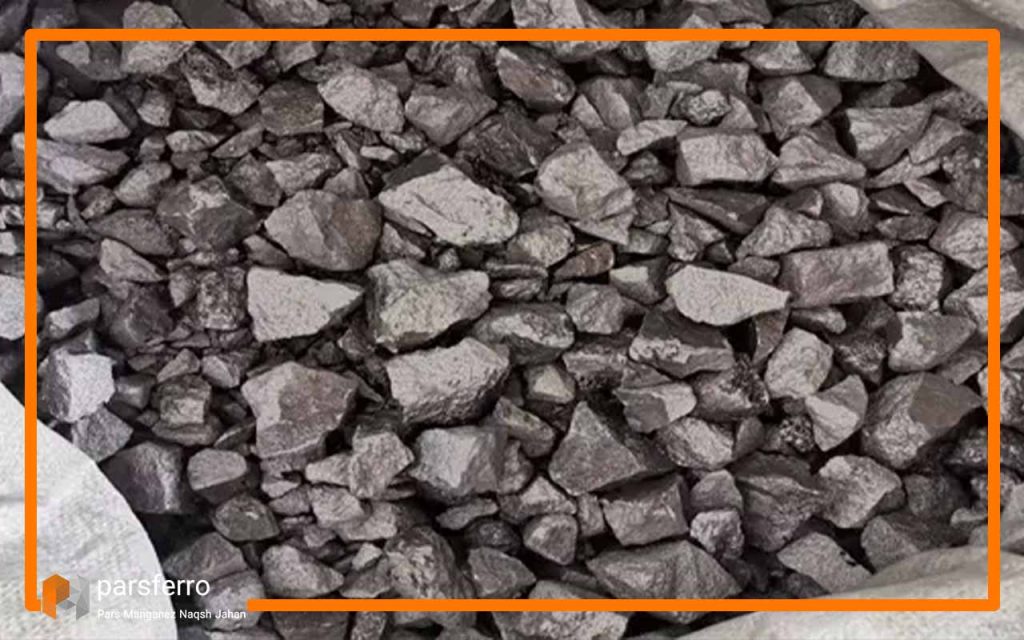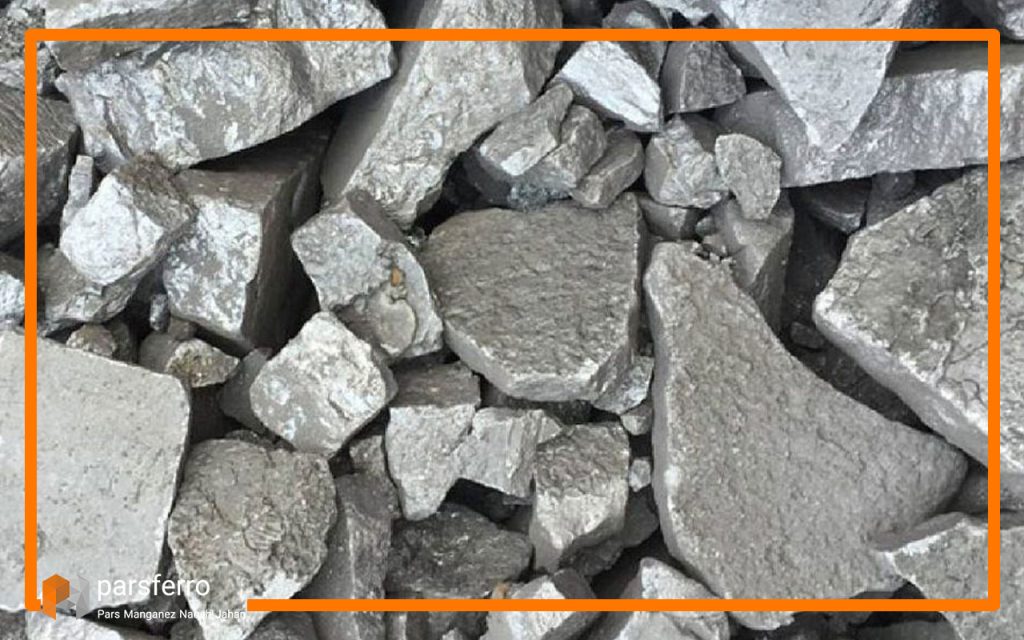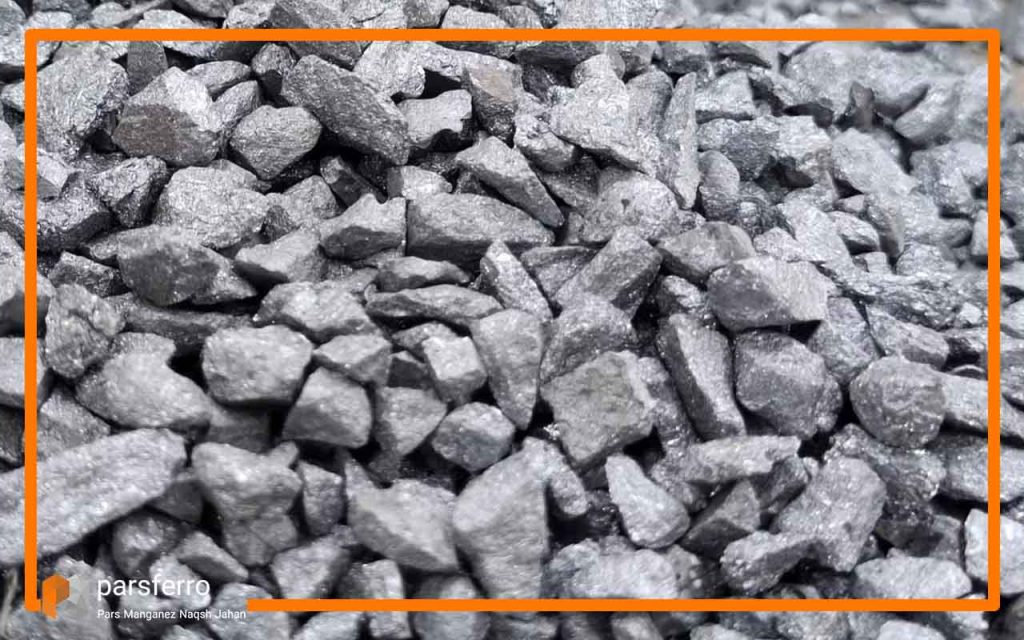Ferro Silicon Manganese (FeSiMn) is a crucial alloy that plays a significant role in the metallurgical industry. It combines iron, silicon, and manganese, with varying proportions depending on the desired application. This alloy is widely used in steelmaking due to its ability to enhance the properties of steel, such as strength, hardness, and resistance to wear and corrosion. In this comprehensive exploration, we will discuss the history, production process, properties, applications, and environmental considerations of FerroSilicon Manganese.
For more information about ferrosilicon manganese, you can contact us via email.
Historical Context of Ferro Silicon Manganese
The roots of FerroSilicon Manganese can be traced back to the early days of metallurgy when primitive societies discovered the transformative power of combining different metals to create alloys with improved characteristics. However, the systematic production of FerroSilicon Manganese began in the late 19th century during the Industrial Revolution.
As steel became a vital component of industrial growth, metallurgists sought ways to enhance its properties. The addition of manganese to steel was known to increase its strength and durability, and this led to the development of FerroSilicon Manganese. Initially, the production process was rudimentary, and the alloy was created by smelting manganese ore, iron ore, and silicon in a blast furnace. Over time, advancements in technology and metallurgical science refined the production methods, making FerroSilicon Manganese a standardized and widely used alloy.
read more: What is ferroalloys?

FerroSilicon Manganese composition
The composition of ferrosilicon manganese can vary slightly depending on the specific requirements of the steelmaking process, but a typical composition includes:
- Iron (Fe): The primary component, typically making up the majority of the alloy.
- Silicon (Si): Silicon is added to increase the strength and hardness of the steel. It also helps in deoxidizing the steel by reacting with oxygen.
- Manganese (Mn): Manganese is a key element in ferro silicon manganese, and its presence contributes to the deoxidation and desulfurization processes. Manganese also helps improve the hardenability and strength of the steel.
The exact proportions of these elements can vary depending on the specific grade or type of ferro silicon manganese being produced. However, a common composition might be:
- Iron (Fe): Around 60-70%
- Silicon (Si): Around 15-25%
- Manganese (Mn): Around 5-15%
These values are general estimates, and the actual composition may vary based on the specifications of the steel producer and the desired properties of the final steel product. It’s essential to consult specific product specifications or manufacturers’ data for precise information on the composition of a particular grade of ferro silicon manganese.

Production Process of Ferro Silicon Manganese
The production of Ferro Silicon Manganese involves several steps, each crucial to achieving the desired composition and properties. The key components in the alloy are iron, manganese, and silicon. The raw materials used in the process include manganese ore, quartz (for silicon), and iron ore. The production process can be summarized as follows:
1. Mining and Preparation of Raw Materials
- Manganese ore, sourced from mines, is cleaned, crushed, and screened to remove impurities.
- Quartz, which provides silicon, is usually obtained as quartzite or sand.
- Iron ore is processed to extract iron, which is a fundamental component of the alloy.
2. Smelting
- The smelting process takes place in a submerged arc furnace, where the raw materials are mixed in the desired proportions.
- The furnace operates at high temperatures, causing the reduction of manganese, silicon, and iron from their respective ores.
- The reduction reactions result in the formation of Ferro Silicon Manganese.
3. Refining
- The initial product from the smelting process is often impure and requires refining.
- Refining is achieved through processes such as oxygen blowing, which helps remove unwanted impurities like carbon and sulfur.
4. Cooling and Crushing
- The molten Ferro Silicon Manganese is then cooled and solidified into various forms, such as ingots or granules.
- The solidified material is crushed into the desired size for further applications.

Properties of Ferro Silicon Manganese
Ferro Silicon Manganese exhibits a combination of properties that make it a valuable alloy in various industrial applications:
1. High Strength
– The addition of manganese and silicon contributes to the overall strength of steel, making it suitable for applications requiring high tensile strength.
2. Hardness
– The alloy enhances the hardness of steel, making it suitable for applications that demand wear resistance.
3. Deoxidizing Agent
– Ferro Silicon Manganese serves as a deoxidizing agent in steel production, helping to remove oxygen and other impurities.
4. Corrosion Resistance
– The alloy improves the corrosion resistance of steel, extending its lifespan in harsh environments.
5. Desulfurization
– Ferro Silicon Manganese aids in the desulfurization of steel, reducing the sulfur content and enhancing the overall quality.
read more: ferro silicon manganese uses
Ferro Silicon Manganese Applications
The versatile properties of Ferro Silicon Manganese make it a sought-after alloy in various industries. Some of the primary applications include:
1. Steel Production
– The dominant application of Ferro Silicon Manganese is in the production of steel. It is used as an additive to impart desirable properties to the steel, enhancing its strength, hardness, and resistance to wear and corrosion.
2. Foundry Industry
– The alloy is utilized in foundries to produce castings with improved mechanical properties. It helps achieve the desired hardness and strength in cast metal components.
3. Welding Consumables
– Ferro Silicon Manganese is incorporated into welding consumables to enhance the strength and quality of welds. It acts as a deoxidizing agent, improving the welding process.
4. Chemical Industry
– The alloy finds applications in the chemical industry, where its deoxidizing and desulfurizing properties are valuable in certain chemical processes.
5. Railway Industry
– In the railway industry, Ferro Silicon Manganese is used in the manufacturing of rails, providing durability and resistance to wear.

Environmental Considerations
While Ferro Silicon Manganese is indispensable in various industrial processes, its production and use raise environmental concerns. The mining and processing of raw materials, as well as the high-temperature smelting process, contribute to environmental impacts. Some key considerations include:
1. Mining Impact
– The extraction of manganese ore and other raw materials can lead to habitat destruction, soil erosion, and water pollution. Sustainable mining practices are essential to mitigate these impacts.
2. Energy Consumption
– The smelting process in submerged arc furnaces requires significant energy input. Utilizing renewable energy sources and improving energy efficiency can help reduce the environmental footprint of Ferro Silicon Manganese production.
3. Emissions
– The smelting process releases greenhouse gases and other pollutants. Implementing advanced emission control technologies is crucial to minimize air pollution.
4. Waste Management
– Proper disposal and management of waste generated during the production process, such as slag and dust, are vital to prevent environmental contamination.
5. Recycling
– Exploring recycling methods for FerroSilicon Manganese can help reduce the demand for new raw materials and minimize environmental impact.
Conclusion
In summary, FerroSilicon Manganese with its tailored composition of iron, silicon, and manganese. The alloy’s versatile properties, including high strength, hardness, and deoxidizing capabilities, find applications across diverse industries, from steel manufacturing to welding and railways. However, its production and usage raise environmental concerns, emphasizing the need for sustainable practices, energy efficiency, emissions control, waste management, and potential recycling efforts to minimize its ecological impact. Striking a balance between industrial demands and environmental responsibility will be essential for the continued relevance and sustainable utilization of FerroSilicon Manganese in the future.


No comment